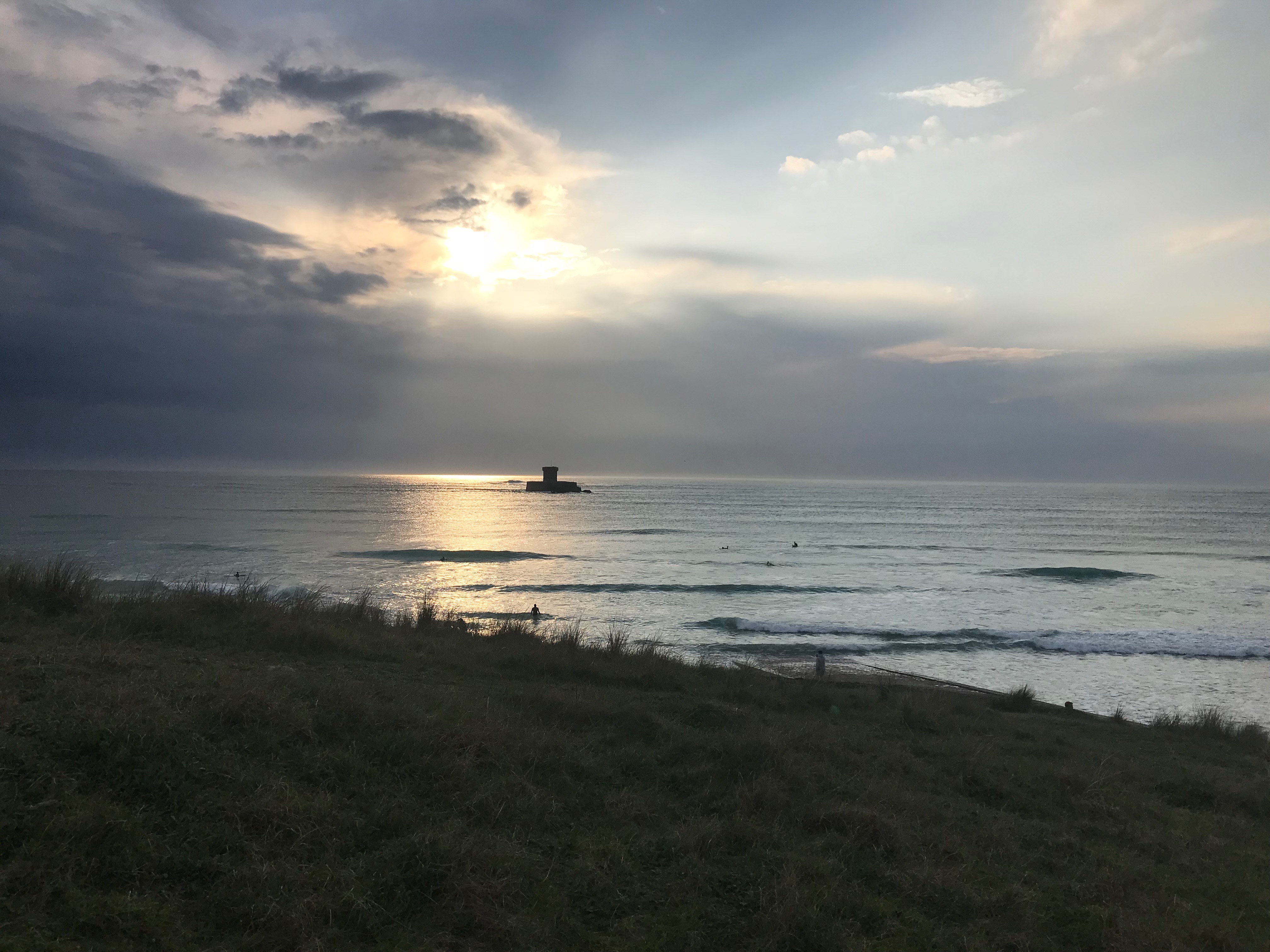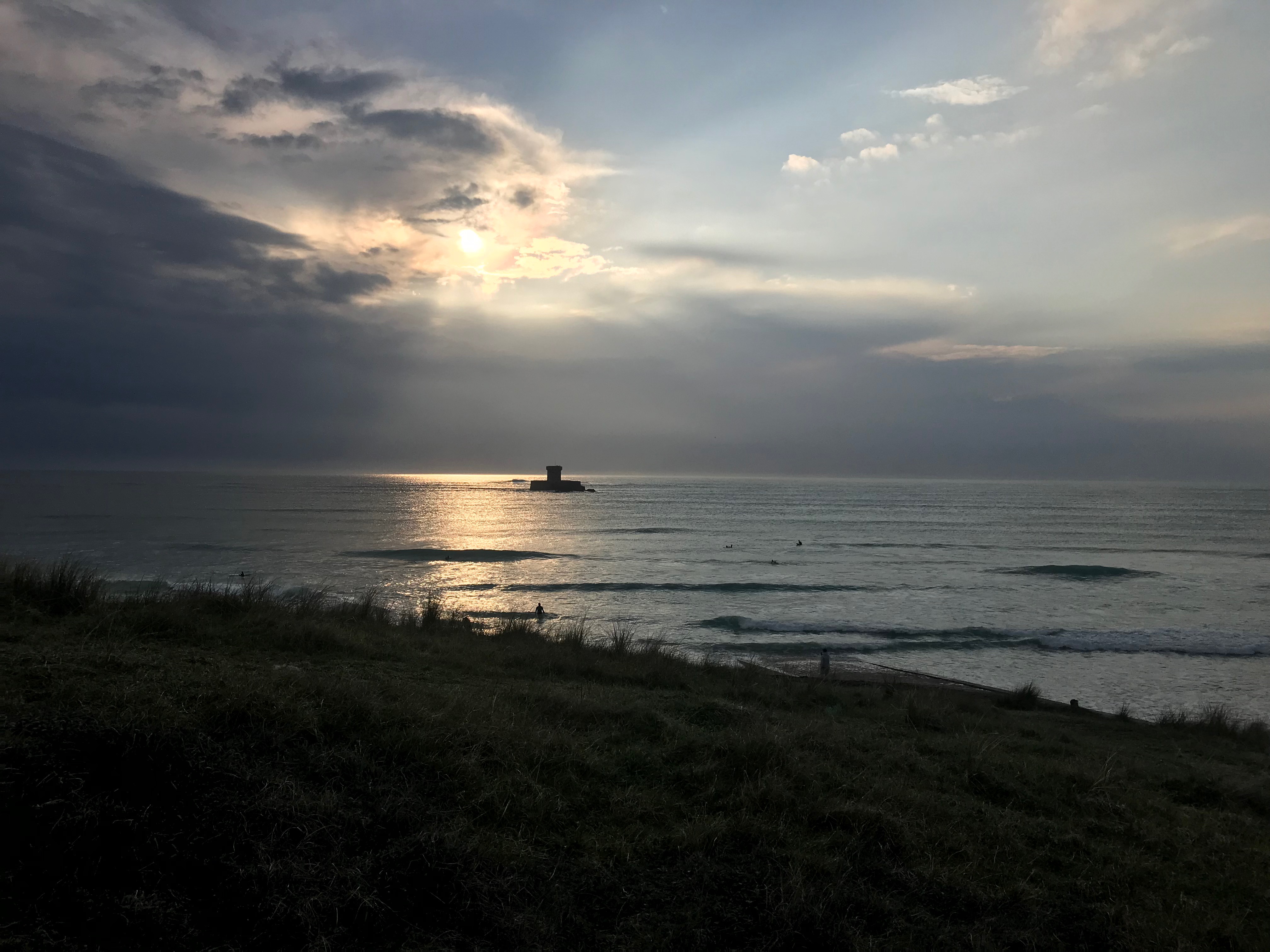Fay Godwin
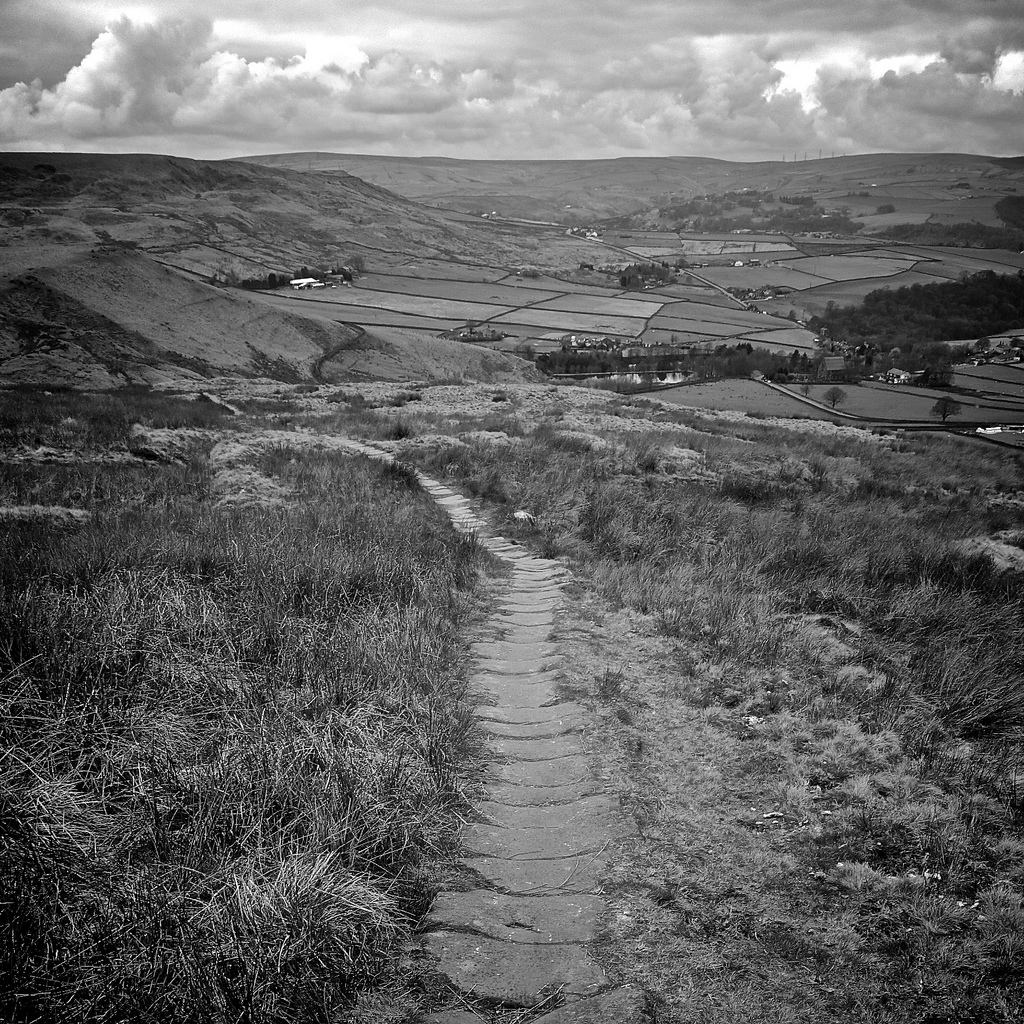

Fay Godwin, born in Berlin on February 17 1931, was a British photographer known for her black-and-white romantic landscapes of the British countryside and coast. She was compared to other famous photographers like the Great American photographer Ansel Adams.
Her photographs captured the differing moods and textures of moors, forests and country trails with a remarkable sensitivity and lack of sentimentality. Her pictures also drew attention to environmental campaigns (an abiding interest), and her critique Our Forbidden Land won the first Green Book of the Year award.
Her love of walking inspired her to pursue landscape photography, often photographing isolated and remote areas of the British landscape and producing many beautiful pastoral scenes as well as contrasting urban landscapes.
She died on May 27, 2005, aged 74.
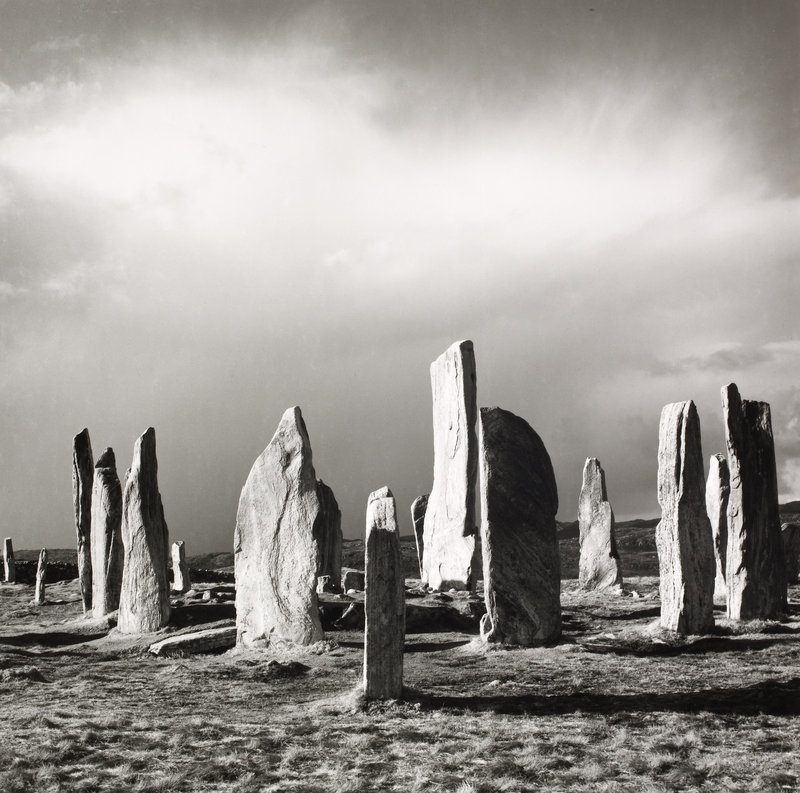
Fay Godwin begun taking pictures only in the early 1960s, when she discovered that her husband was not much good at family snaps. “I discovered I loved doing it,” she said. “Eventually I taught myself to print, and it really went on from there.”
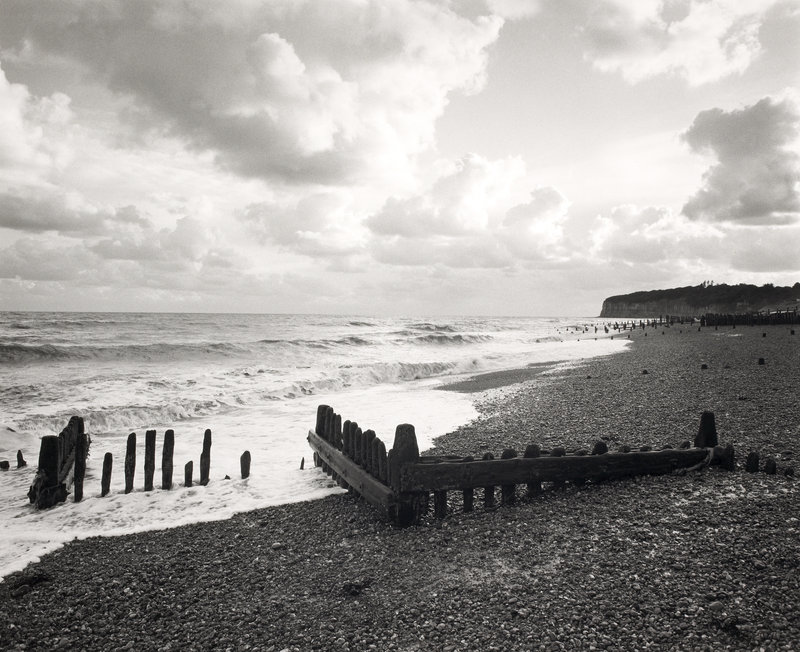

Image Analysis
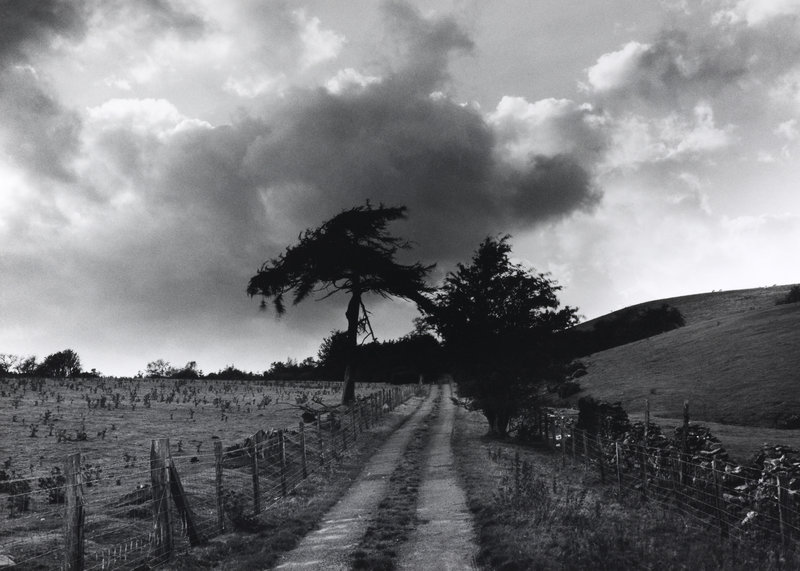
Godwin captures a cloudy day in a dramatic mood by using natural light behind the paler clouds. This gives a comparison to the darker clouds, showing a range of tones from black to white.
The image is composed with a pathway running down the centre that creates a sense of curiosity into the nature of the image.
The trees and clouds are contrasted to give the intense presence that nature has over us as humans.
Fay would have used a faster shutter speed hence the stillness of the clouds and the balance of light exposure.
The image was taken on the rural Roman road in Ceirieg, Drovers Roads, Wales where she created other works in the ‘The Drovers’ Roads of Wales and Other Photographs’ exhibition.
Like Godwin’s other photos, This image heavily shows influences from the Romanticism movement from which an ambient mood is created from the tones and contrast of the nature in the image, that can be presented to people who may not usually have the chance to see nature in that way.

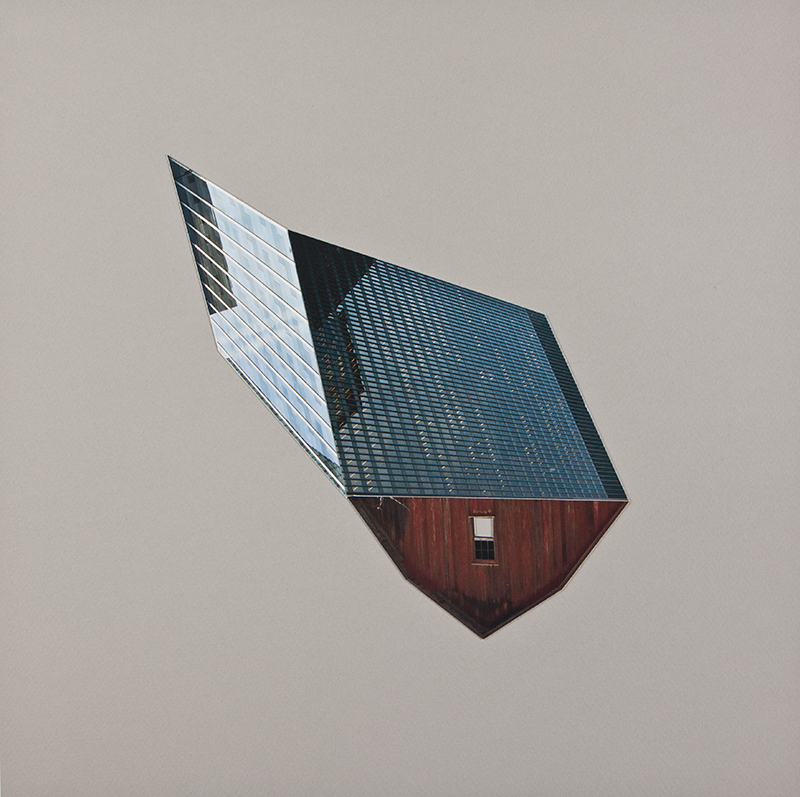
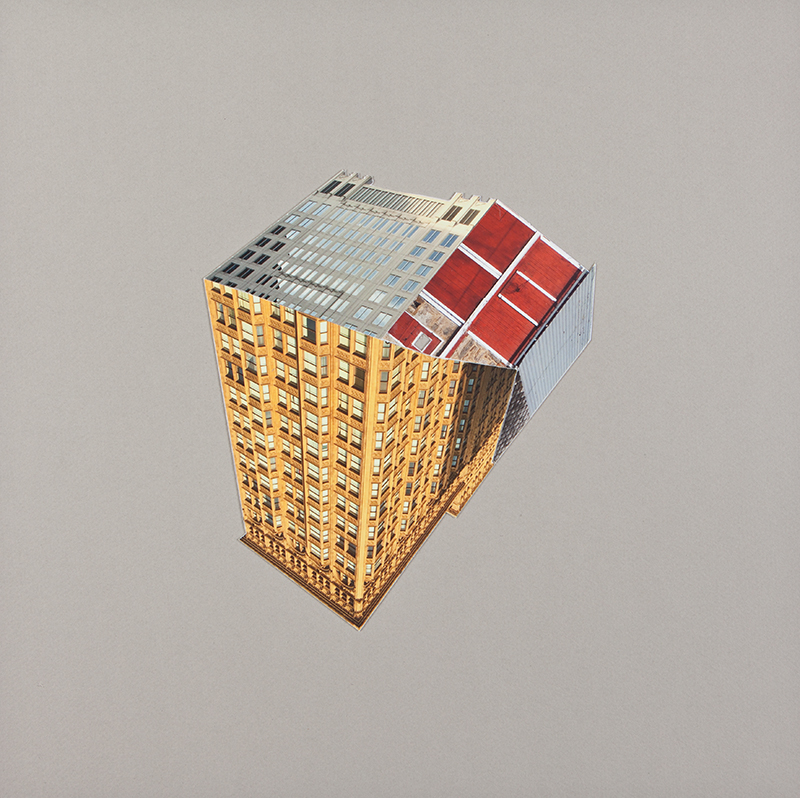

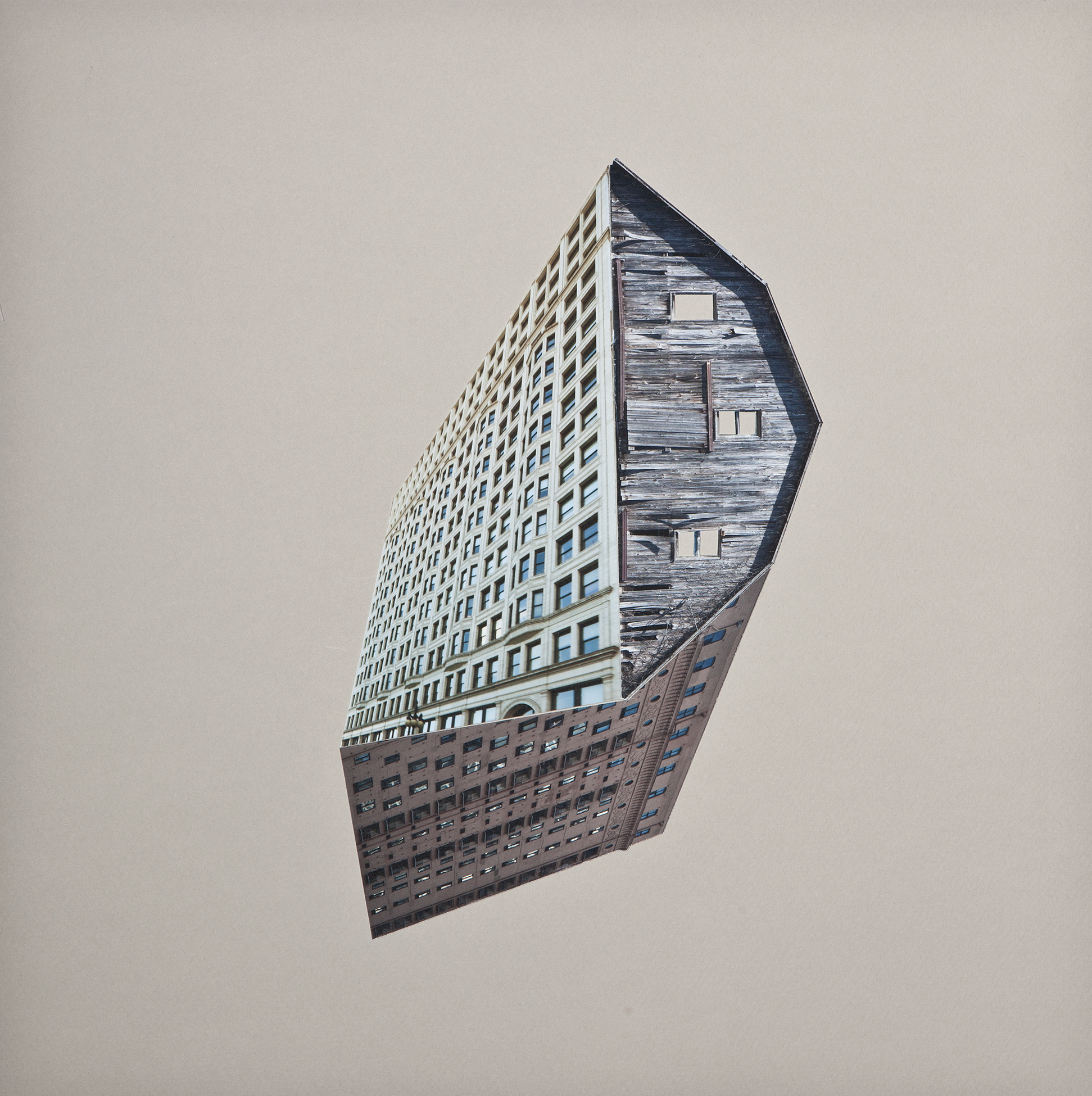








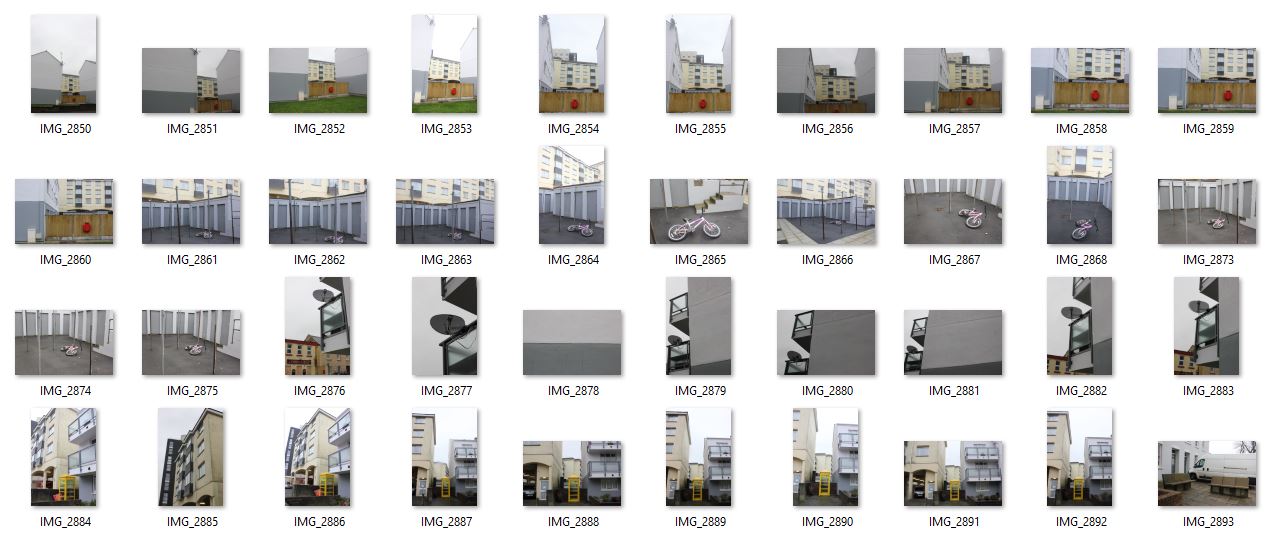











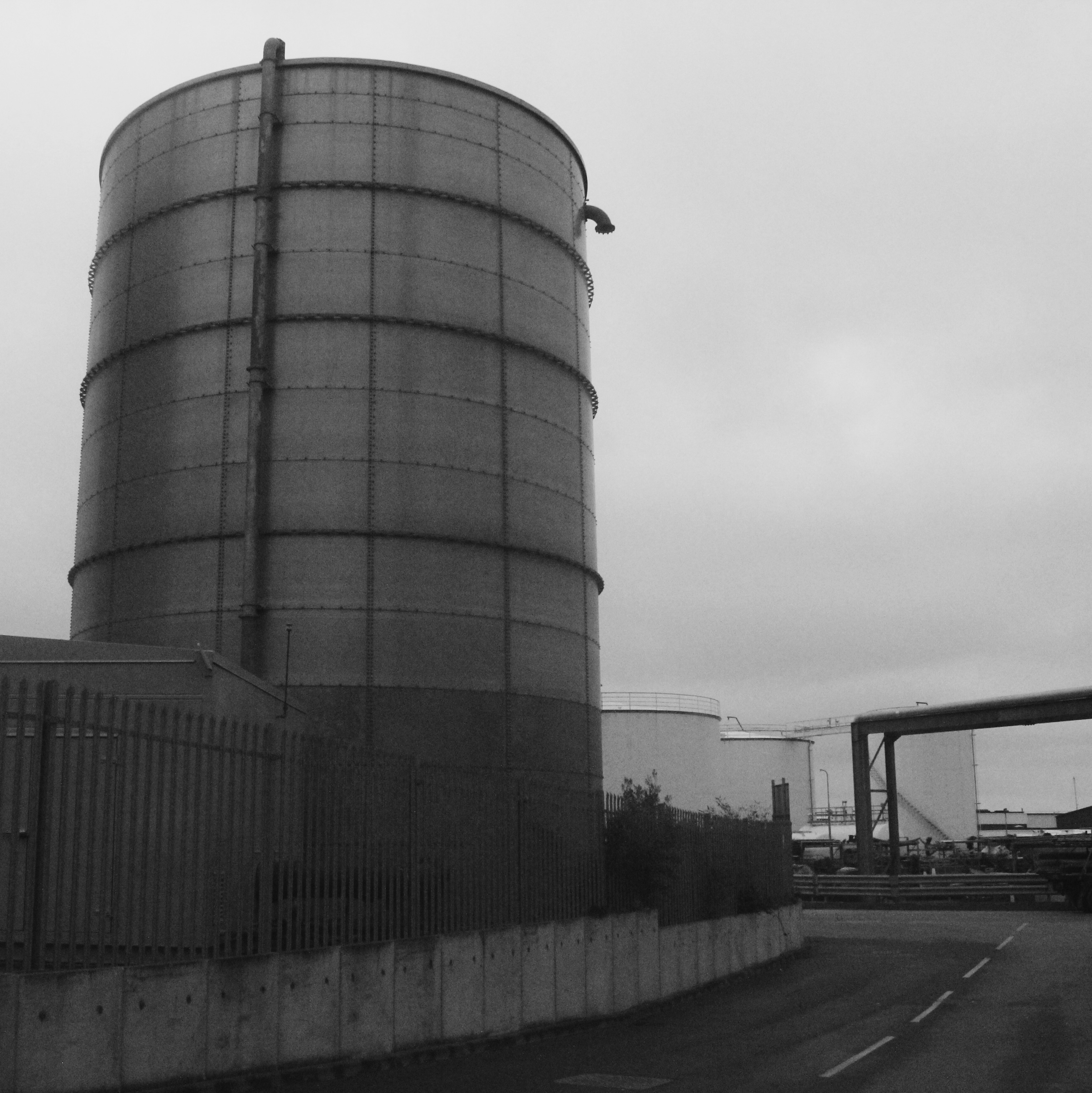

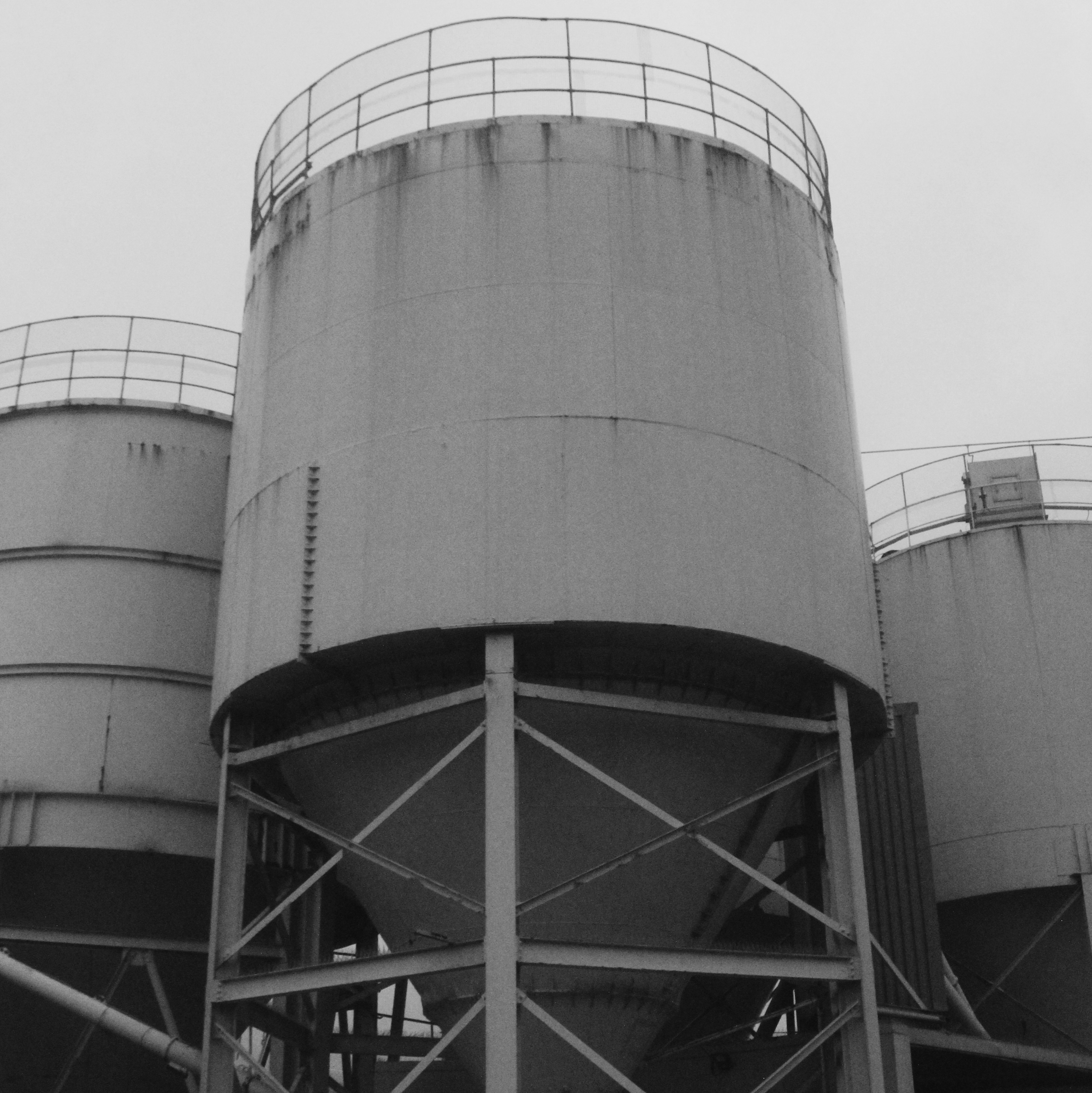





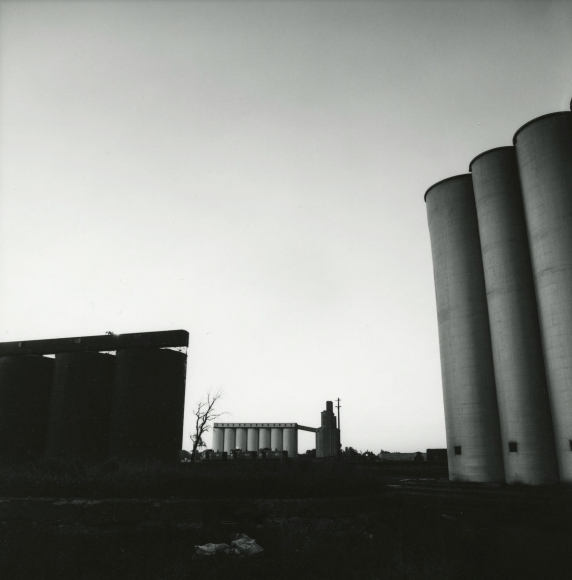
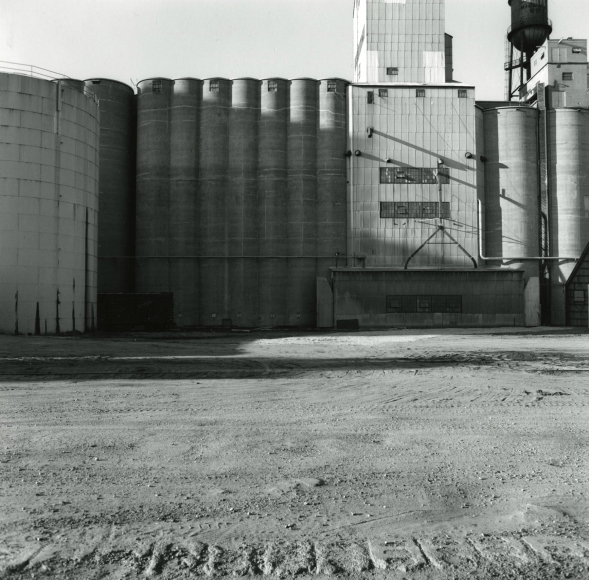
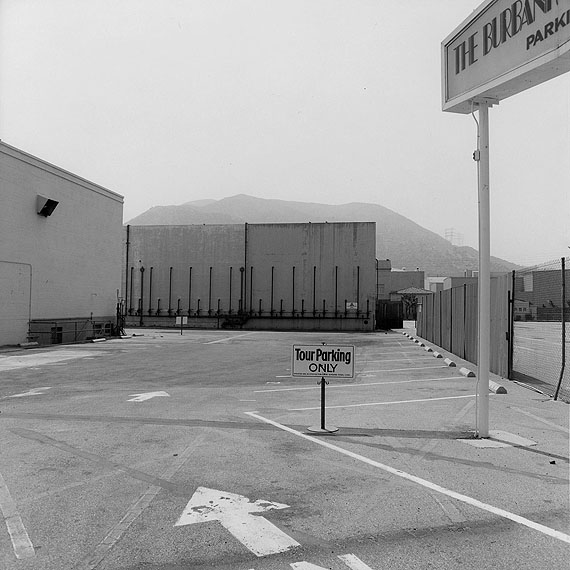
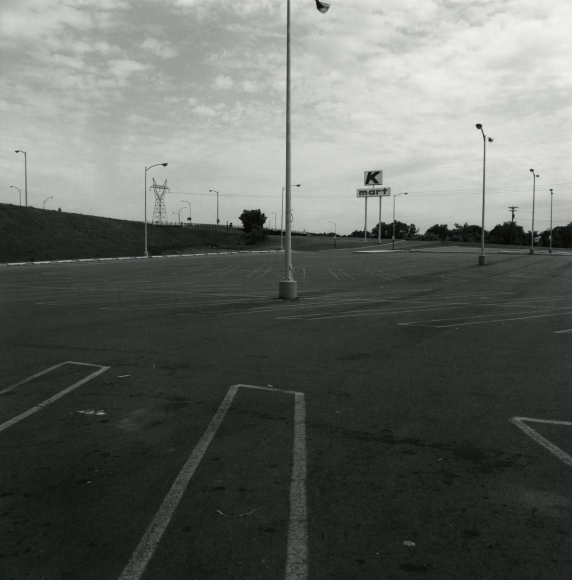 His monographs include Landscapes from the Middle of the World: Photographs 1972 – 1987 (1988); Measure of Emptiness: Grain Elevators in the American Landscape (1992); The Sudbury River: A Celebration (1993); and Mount St. Helens (2005).
His monographs include Landscapes from the Middle of the World: Photographs 1972 – 1987 (1988); Measure of Emptiness: Grain Elevators in the American Landscape (1992); The Sudbury River: A Celebration (1993); and Mount St. Helens (2005).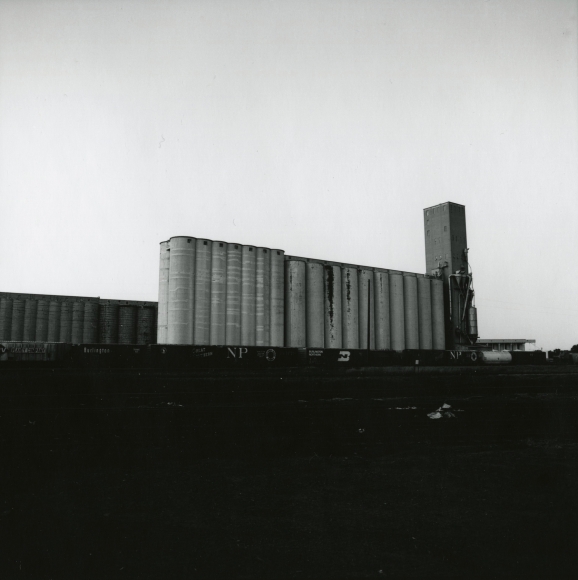
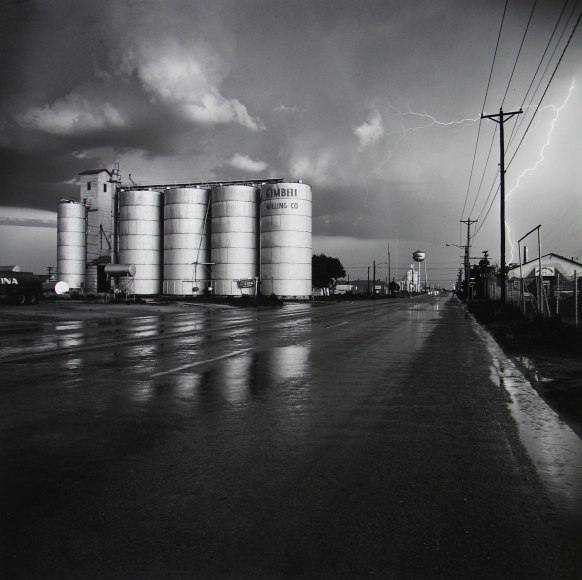
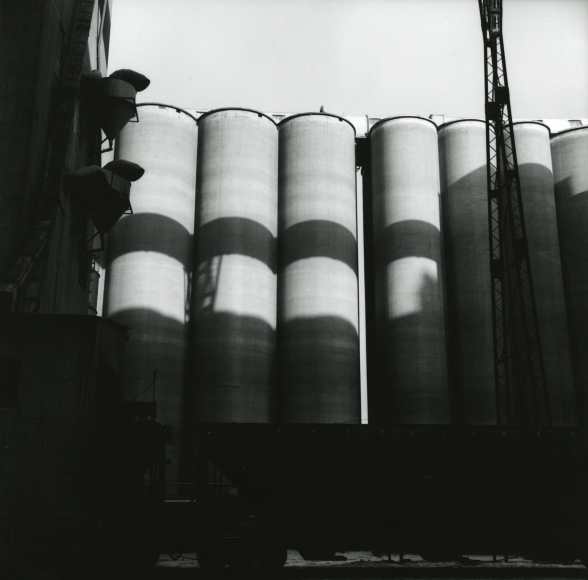 Frank captures the shadows that are cast on the grain elevators by natural light. He positions himself so as to capture them through the other structures behind him.
Frank captures the shadows that are cast on the grain elevators by natural light. He positions himself so as to capture them through the other structures behind him.















